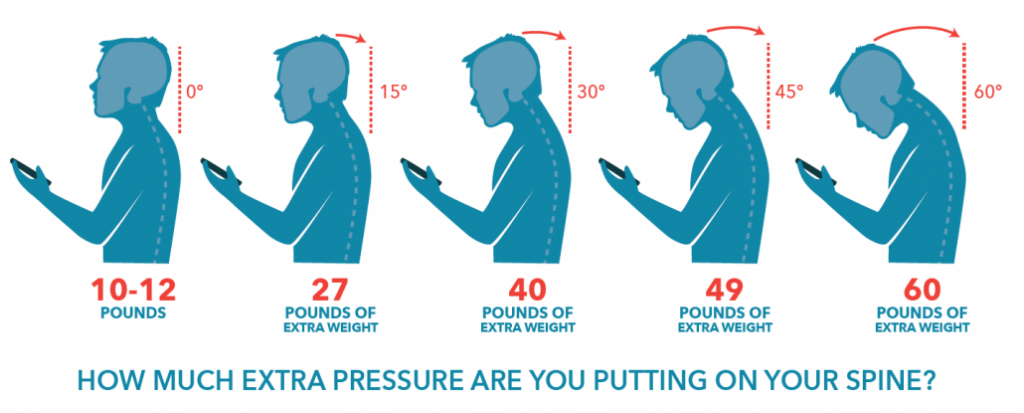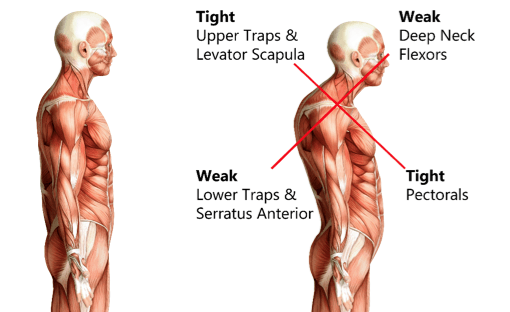Concussion, collision sports and “Text neck”
A paper by Farley et al (2021) looked at 225 rugby players over a two year period and demonstrated that higher isometric neck extensor strength is associated with lower rates of concussion.

A study by Alshahrani et al (2021) demonstrated across forty health subjects that prolonged smart phone usage resulted in decreased muscular endurance of the neck.

The prevalence of neck injury and concussion has increased in contact and collision sports over a ten year period resulting in a number of governing bodies taking steps to change the rules of the game and the exposure of the players to contact in training in order to reduce the risk of head injury and concussion.
In the US daily time spent on mobile devices has gone up by 39% in 2022 compared with three years ago.

With the increased in smartphone usage and devices, particularly in the younger population and the increased prevalence of neck injury and concussion and the link between concussion and mental health it must now be more important than ever to ensure that rather than limit exposure to contact and collisions in sport we work on undoing the harmful effects of sitting and the prolonged use of devices so that our younger generation can enjoy all the benefits of taking part in contact sports for the future.